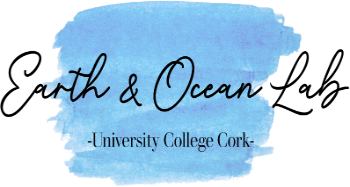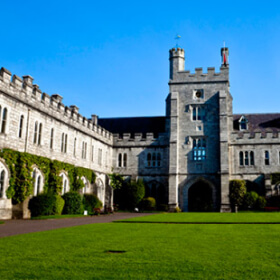Publications
Enhanced angular range analysis: a novel object-based image analysis approach for seafloor characterisation
- Authors
Cara Brennan, Gerard Summers, Larissa Macedo Cruz de Oliveira & Aaron Lim
- Year
- 2025
- Journal Name
- Marine Geophysical Research
- Category
- Journal Article
- Keywords
- Backscatter · Angular range analysis · Multibeam echosounder (MBES) · Marine sediments · Seabed characterisation · Object-based image analysis (OBIA)
- Full Citation
Brennan, C., Summers, G., de Oliveira, L.M.C. et al. Enhanced angular range analysis: a novel object-based image analysis approach for seafloor characterisation. Mar Geophys Res 46, 12 (2025). https://doi.org/10.1007/s11001-025-09574-7
- Link to Publication
- https://link.springer.com/article/10.1007/s11001-025-09574-7#Abs1
Abstract
Multibeam backscatter has proven to be a useful tool in deciphering seabed sediments. While traditional image-based backscatter processing methods are commonly used, signal-based approaches such as Angular Range Analysis (ARA) offer a robust sediment-characterisation, albeit with a relatively low spatial-resolution. Thus, this research aims to improve the segmentation accuracy of ARA; and investigate influences on enhanced Angular Range Analysis’s accuracy. This research utilises open-source data from the Irish National Seabed Survey and its successor the Integrated Mapping for the Sustainable Development of Ireland’s Marine Resource programme, which spans > 20 years. Our framework applies object-based image analysis to backscatter data and incorporates ARA characterisation to create a more spatially robust sediment classification workflow without the need for reprocessing large volumes of MBES data. Here, the developed workflow is applied to four sites offshore Ireland, with ranging water depths (59–2126 m), operating frequencies (12–300 kHz), and multibeam sonars. Statistical analyses focus on: (1) correlation between observed and estimated grain size; (2) thematic accuracy; (3) segmentation accuracy; (4) relationship between residuals (observed - estimated mean grain size) with sediment sedimentological properties (modality and sorting) and (5) sediment-sampling parameters (instrument and temporal offset). Accuracy assessment yielded a Spearman’s rank correlation up to 0.75 (p < .01) with overall accuracies up to 96.15% (k = 0.84) and improved spatial accuracies across almost all standard metrics compared to traditional ARA. Overall, these results showcase the capacity of the workflow as a robust sediment estimator, while improving segmentation accuracy. Therefore, providing a scalable seafloor characterization approach, applicable to large scale governmental-programmes.


